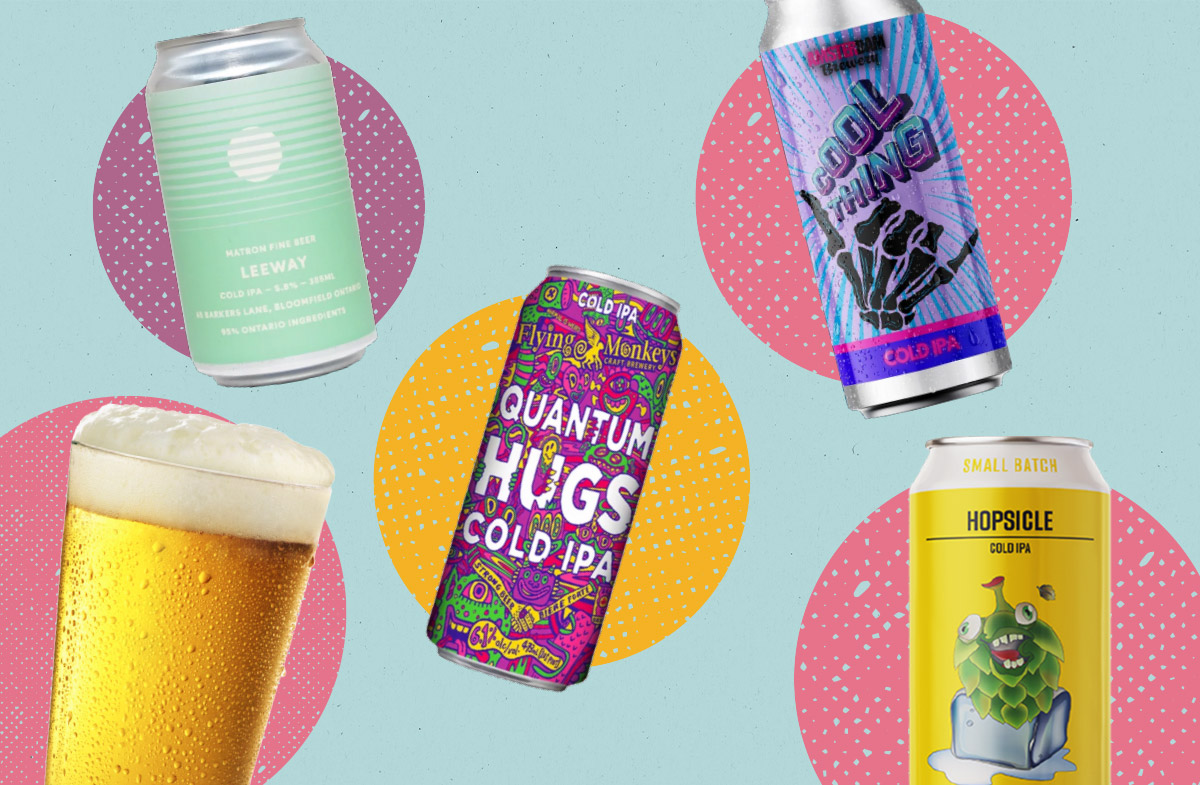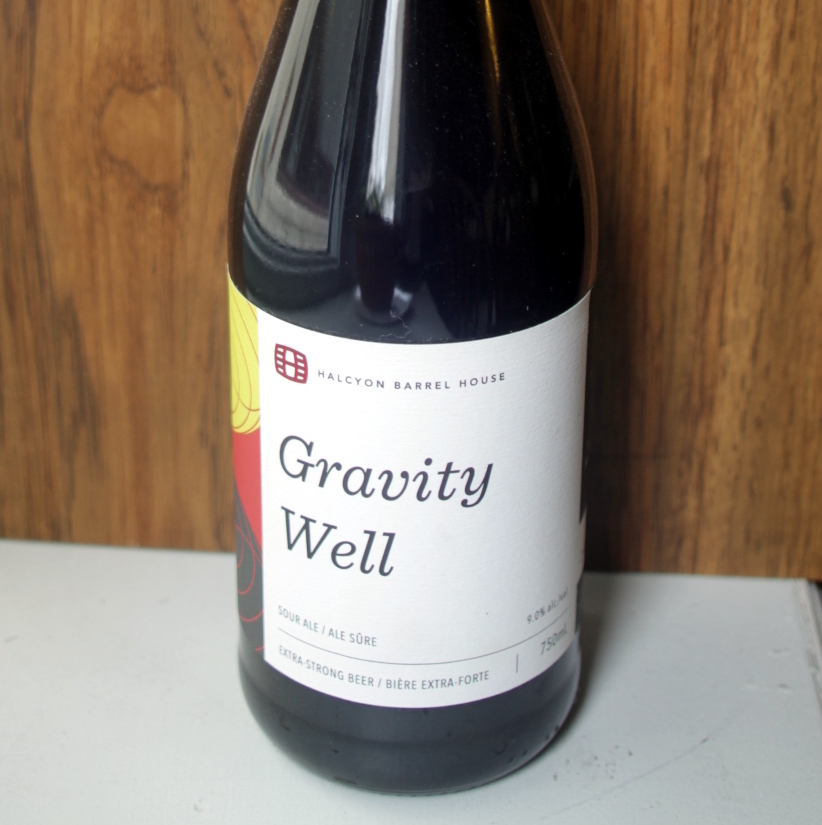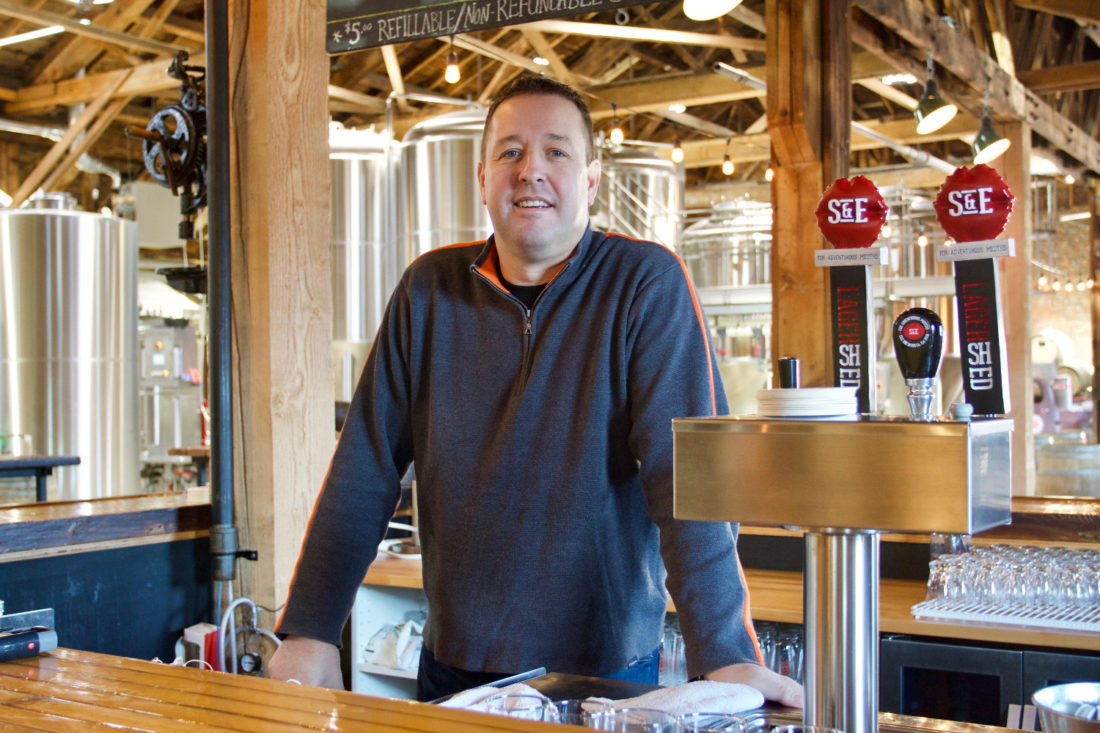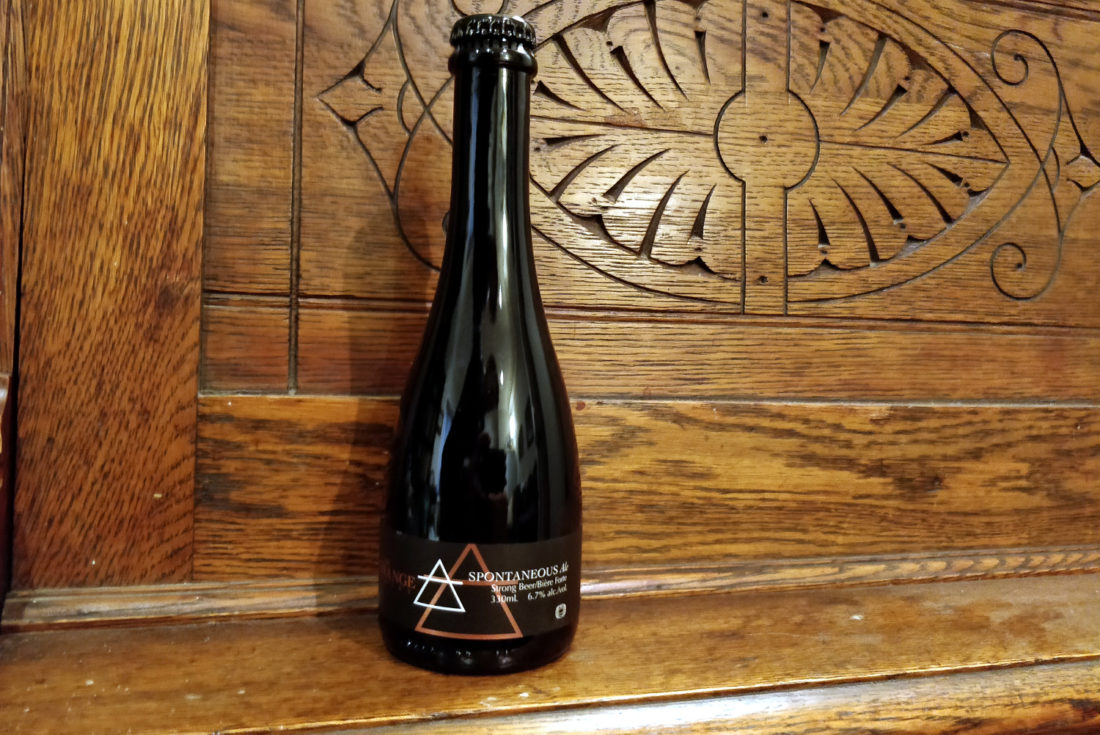(or how I learned to stop being a hater and just enjoy the damn beer)

Ontario’s beer market is in the midst of a monumental change when it comes to craft beer and the companies that make it. Consolidation and contraction have seen regional players sell off or band together in an effort to combat shrinking margins and unpredictable market forces. The pressure to follow trend has brewers jumping on America’s newest beer trend: Cold IPA.
Pioneered by Kevin Davey, Brewmaster at Wayfinder Brewing in Seattle, Cold IPA follows the same objective as its much-maligned predecessor Brut IPA. Namely, it’s meant as a rebuttal to the low bitterness, juice-like hazy IPAs that currently dominate the market north and south of the border. Dry, hop-forward, light in body. Those are some of the tenets of Davey’s creation.
Unlike trendy styles that have come before, Cold IPA has been given the cold shoulder by purists who see it as no more than marketing spin. Unlike your average IPA, Cold IPA uses a lager yeast that ferments warm. Its mash bill is normally made up of significant portions of rice or corn to lighten the body.
“John Palmer has the best grasp on it,” Em Sauter, author, illustrator, and beer educator tells me. “It’s as if a Cream Ale and West Coast IPA had a baby.” It’s both clean, light, but still knocks you in the teeth with American hops. “I never thought IPA could be reinvented but I’m constantly surprised by beer,” she said.
Matron Fine Beers were the first to take a crack at this reinvented sub-style in Ontario with their Leeway Cold IPA, which gave Sebastian MacIntosh, Director of Brewing and Operations at Barrie’s Flying Monkeys, the confidence to make one of their own. “[Leeway] made me feel a bit re-assured that other people were starting to do it,” admitted Macintosh. “I’ve never been to Wayfinder. I’d never had Cold IPA before we started brewing it. I just thought it was an interesting turn after years of north east heavy, juicy IPA.” Quantum Hugs Cold IPA started off as a pilot beer at their Barrie brewpub but has since graduated to a full LCBO province-wide release. Macintosh isn’t wrong. Compared to their other IPAs, Quantum Hugs is a major departure, offering up tropical fruit notes like coconut, mango, with subtle orchard fruit thanks to dialed in Azacca, Sabro, and Motueka dry-hopping. The flaked rice in the grist lightens the body while the 6.1% ABV adds just enough structure to the beer to carry the hop load.
In Kingston, Spearhead Brewing’s Hopsicle Cold IPA was so successful at launch they juggled their production schedule around to accommodate another batch. Head Brewer Jacob Schmidt saw this little-known style start to crop up south of the border. “When I was in Calgary, I got to try three different ones and all of them were very different. Everyone is trying to get their own feel for the style to see what will stick,” he said. Hopsicle Cold IPA takes a lot of cues from Wayfinder’s original. Corn in the mash: check. Lager yeast fermented warm: check. But instead of dry-hopping with Cascade, Chinook, or Centennial, they opted to showcase Strata and a new experimental hop from the Pacific North-West. The result is a melange of that tried and true pine resin up front but layered beneath a wild berry scented cannabis store character.
Cold IPA is a new sandbox for brewers to play in—that much is clear. But it’s given others license to sell hop-forward lager in an entire new package. Amsterdam Brewery’s recent Cool Thing Cold IPA doesn’t use adjunct grains. “Generally we don’t follow trends,” explained Conor McMaster, a brewer at Amsterdam’s brewpub location on Toronto’s waterfront. They were confident with brewing Pilsner, but wanted to dial some local hops from Charles Faram to eleven.
“We wanted this one to have qualities that would almost make you think you’re drinking a traditional West Coast IPA from 10-15 years ago. Nice bitterness. Nice clean finish. Super big punch of aroma,” McMaster said. And that’s what you get and more. White grape, lychee, and unripened peach bound out of the glass with a finish that’s an open invitation to gulp more. Even though Cool Thing presents the biggest departure process-wise for Cold IPA, it nailed the intent of Davey’s project.
Taken in sum, these various takes on Cold IPA started revealing a pattern: to one degree or another, they were all fairly different in appearance, hop character, texture, and body. They were all different. But they were also distinct from the myriad weekly Hazy IPA releases we’ve grown so (maybe too) accustomed to. I was cynical about Cold IPA when it started to seep into the beer geek lexicon but after tasting these beers, I discovered the odd allure that comes with tasting Ontario’s craft brewers’ attempts to figure it out.
Critics of Cold IPA have taken umbrage with it on multiple fronts. A) the whole lager yeast in an ale misnomer and B) what, if anything, differentiates Cold IPA from India Pale Lager? “The name Cold IPA doesn’t make any sense,” admitted Schmidt. “It’s fermented warmer than typical so you get some esters. It’s not cold. It’s not an ale. It’s warm lager. But if you put that on a can nobody is going to drink it,” he laughs.
Schmidt is right, of course, but the truth is brewers will break tradition (and sometimes logic) in order to get a beer made. You’d be surprised how common it is to have an English-Style Porter with a non-English Ale yeast or a German-Style Altbier that likely used Chico yeast, not to mention other styles of IPA that were labeled as such but also used some form of lager yeast.
Davey admitted as much on a recent All About Beer podcast episode: Every Wayfinder IPA is brewed using lager yeast. It’s more than likely your favourite craft brewery has done something similar. Yeast management, or the practice of managing a house yeast to ensure healthy fermentation, is the giant elephant in the room and many will bend the rules in order to keep a brewery’s production churning. But do these tricks of the trade really matter?
“Kevin would want you to follow the guidelines but that’s what they are—there’s no Cold IPA law. This isn’t Germany. It’s world craft brewing,” Sauter explained. “I’m going to make the style I want as long as it’s the best quality beer possible,”she said. We agreed that quality and clearly communicating the flavour experience of a given beer to the drinker is what’s paramount. The fact of the matter is, India Pale Lagers do not sell well, which is why they’re harder than ever to come by at your local taproom. Cold IPA does. Rebranding exercise or not, it’s working. And the Ontario examples I’ve tasted marry what Cold IPA communicates. They’re easier-drinking than today’s modern IPA, dry, and hop-forward. Maybe that’s enough.
Regardless of where you stand on Cold IPA, one thing’s for sure: many more are in the offing. My suggestion? Try some, even a few, and judge for yourself. Maybe you’ll stop being a hater, too.




